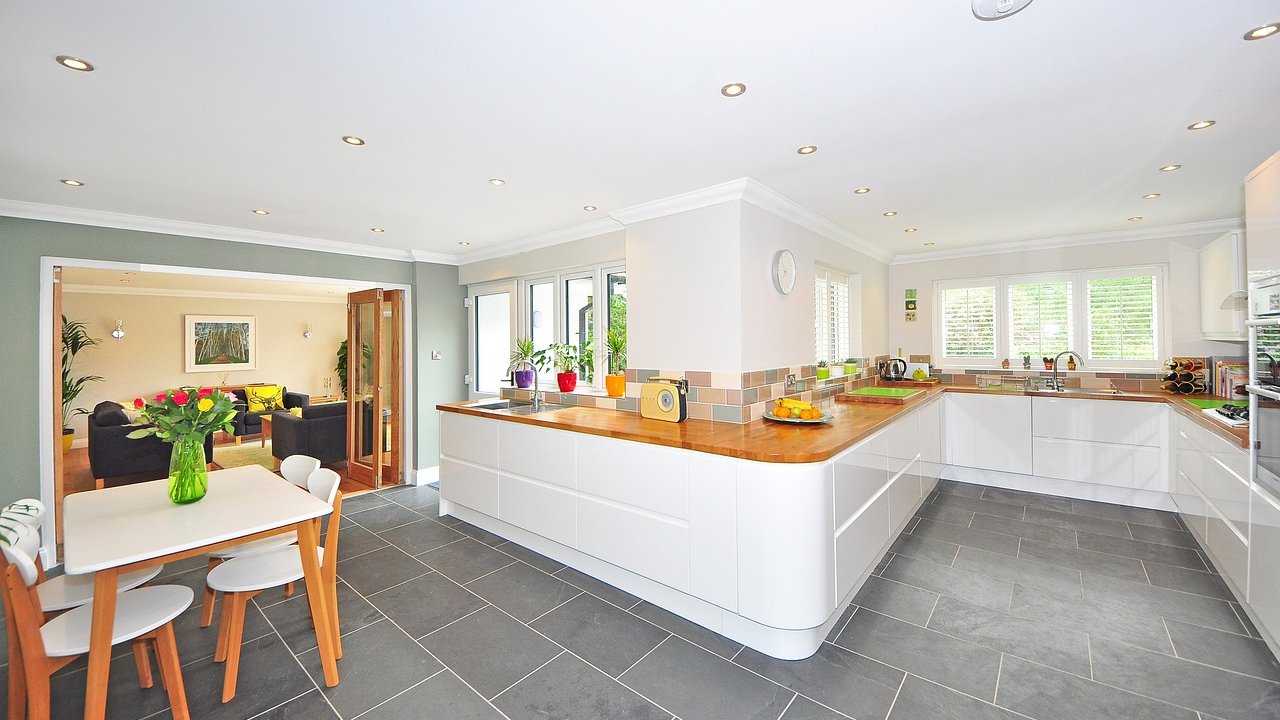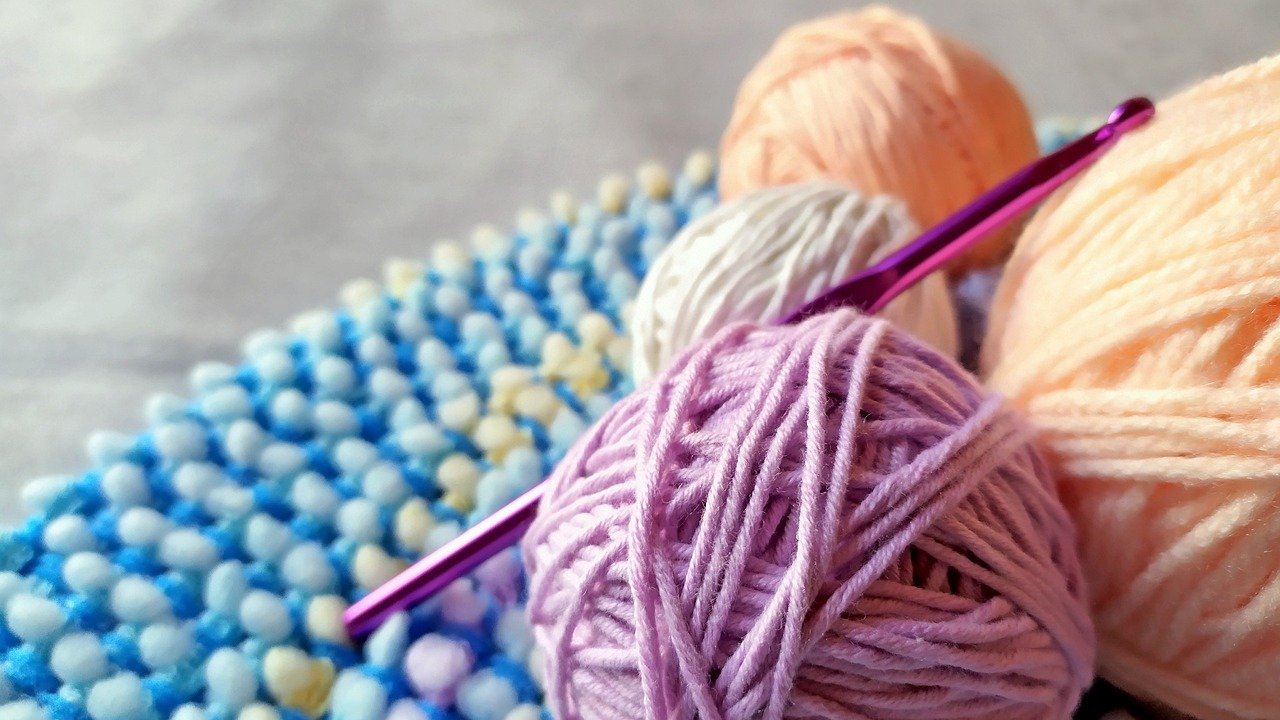
Ever wanted to embrace a simpler, less cluttered lifestyle? One way to achieve this is through the design of your living space. Minimalist design is a style that is characterized by simplicity, functionality, and the use of a limited color palette. In this article, we'll be exploring the five key elements in minimalist design and providing practical suggestions on how to implement them in your home.
Understanding Minimalist Design
Minimalist design is all about simplifying your space. It involves decluttering, choosing the right furniture, using a neutral color palette, creating negative space, and focusing on functionality over form. Let's delve into these core principles further.
Decluttering
Decluttering is the first step towards achieving a minimalist aesthetic. The aim is to remove unnecessary items and keep only what is truly essential. Take a look around your living space and identify items that you no longer need or use. Consider donating them or disposing of them responsibly.
Choosing the Right Furniture
In minimalist design, furniture plays a key role. When selecting furniture, opt for pieces that have a simple design, neutral colors, and are functional. Avoid excessive decoration and choose furniture that complements the overall design of your space.
Utilizing a Neutral Color Palette
A neutral color palette is another key element of minimalist design. The colors used are often simple and soothing, with whites, grays, and earth tones being commonly used. These colors help to create a calm and peaceful environment, making your living space a place of relaxation.
Creating Negative Space
Negative space refers to the empty space in a room. In minimalist design, this space is not seen as wasted but is instead viewed as an essential part of the design. Negative space allows the eye to rest and helps to highlight the items that are present in the room.
Focusing on Functionality
In minimalist design, functionality takes precedence over form. Every item in the room should have a purpose and contribute to the overall functionality of the space. Avoid adding unnecessary decorations and instead focus on items that have a practical use.
Tips for Designing a Minimalist Living Space
Now that we've covered the key elements of minimalist design, here are some practical tips to help you design your minimalist living space:
- Start Small: Begin by decluttering a small area such as a shelf or a drawer. Once you've accomplished this, move onto larger areas.
- Quality Over Quantity: Instead of filling your space with lots of items, focus on a few high-quality pieces that add value to your space.
- Keep it Simple: Avoid complicated designs and instead opt for simple, functional items.
- Embrace White Space: Don't be afraid of empty space. It allows your design elements to stand out.
By incorporating these principles and tips, you'll be well on your way to designing a minimalist living space that reflects your personal style while promoting a sense of calm and simplicity.











